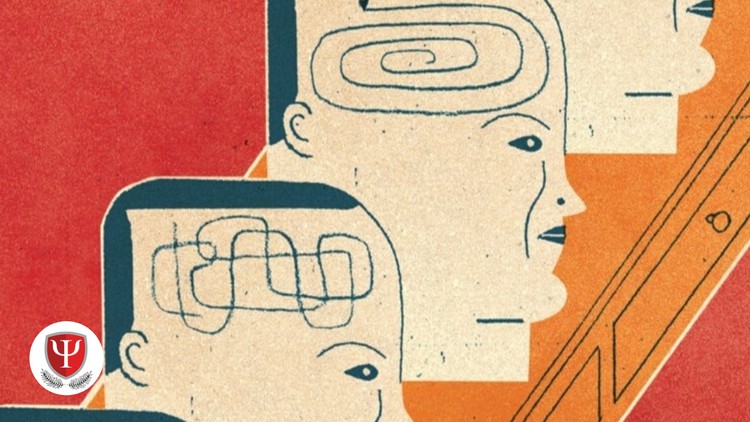
Help your clients overcome worry & anxiety with proven Cognitive Behavioral Therapy [CBT] Toolbox and Treatment plan
What you will learn
5 CBT Relaxation Techniques
Understanding Automatic Thoughts
Composing Balanced Thoughts
Changing Limited Thinking
Developing Mindfulness Skills
Keeping Thought Journal
Doing Risk Assessment
Learning Muscle Relaxation Exercises
Learning Thought Defusion
Creating worry coping plan
Description
Become CBT Counselor for Worry & Anxiety Clients
Conduct Effective CBT Treatment for Clients with Anxiety
The Ultimate Cognitive Behavioral Therapy CBT based Worry treatment plan for mental health professionals with Worksheets & Templates
- 5 CBT Relaxation Techniques
- Strong Therapeutic Benefits
- Worry Treatment Plan
- ABC Model
- Understanding Feedback Loops
- Self Help CBT Worry Treatment
- Understanding Automatic Thoughts
- Observing and Letting go of the thoughts
- Composing Balanced Thoughts
- Tools for changing your thoughts
- Changing your habits
- Changing Limited Thinking
- Mindfulness
- Keeping Thought Journal
- Doing Risk Assessment
Why this course?
This course directly addresses the problem of worry. When you feel bad, you don’t have the time and patience to wade through simplistic pep talks, unrealistic success stories, needless horror stories, or long-winded and obscure discussions of theory. Therefore, I have made this CBT course as clear and as brief as possible.
On the other hand, when you feel bad you don’t have the energy to seek out partial fragments of the solution to your problem in widely scattered locations. So I’ve also made this CBT Course as complete as possible.
Everything you need to learn the techniques in this course is presented in detail, proceeding logically, step-by-step. If you are in pain, you also don’t have any time to waste on unproven remedies of doubtful utility. Therefore, I have included only techniques that have been proven to have strong therapeutic benefits in many well-designed studies with many different types of people, and over a long period of time.
Over the past thirty years, many new cognitive-behavioural techniques have been developed and refined to relieve anxiety, lift depression, and calm anger. The best of these techniques are presented in this CBT Course. They offer you real promise that help is on the way. With patience and a little effort, you can start to feel better soon.
People in the helping professions—therapists, doctors, nurses, social workers, even teachers, and supervisors—will find many of these CBT techniques useful in their personal lives, and also of value to clients, patients, students, or employees.
Special Features:
1. Ready-made CBT Treatment worksheets
2. Practice them as self-help steps toward change.
3. Self-Guided made possible
4. Cognitive Behavioral Therapy foundation knowledge included
5. You have to do the exercises, fill in the worksheets, and carry out real changes in how you think and behave.
The goal is to be able to use the techniques wherever and whenever you need to, without having to refer to the course.
About Instructor:
Aman Varma has undergone accredited course training in CBT practitioner, Diploma in Hypnotherapy, Mental Health Practitioner, NLP Specialist Practitioner, Diploma in Psychological Counseling and Diploma in Modern Applied Psychology.
Content